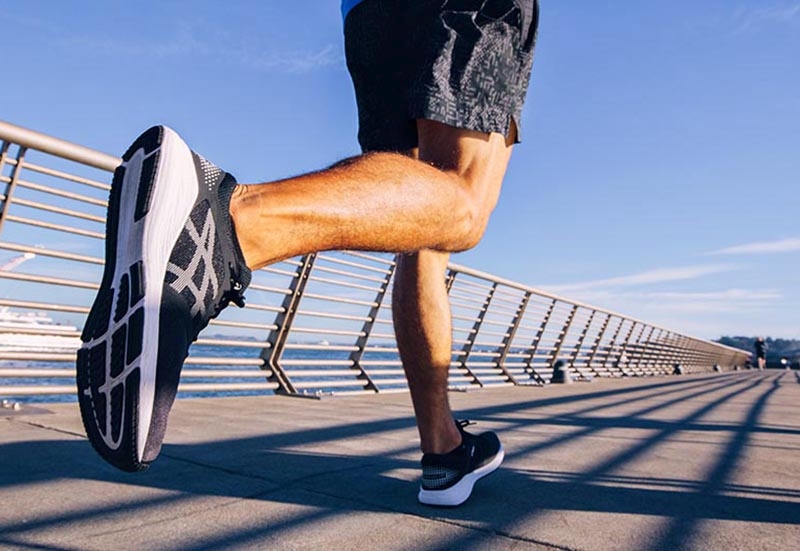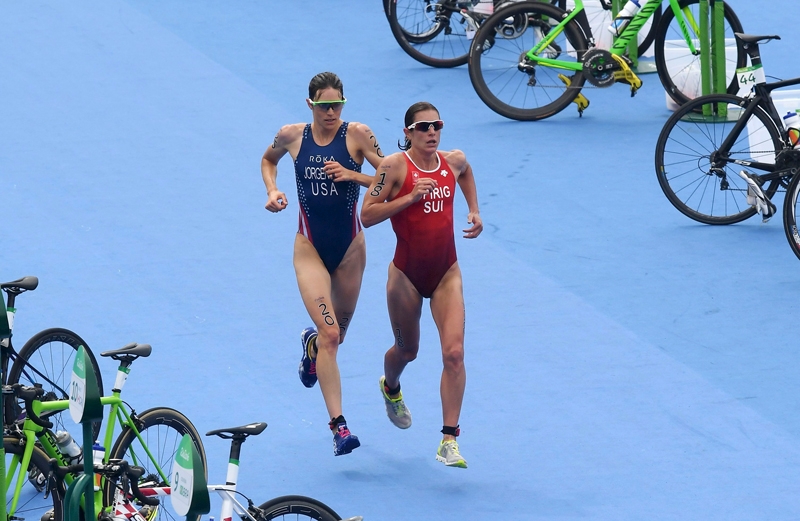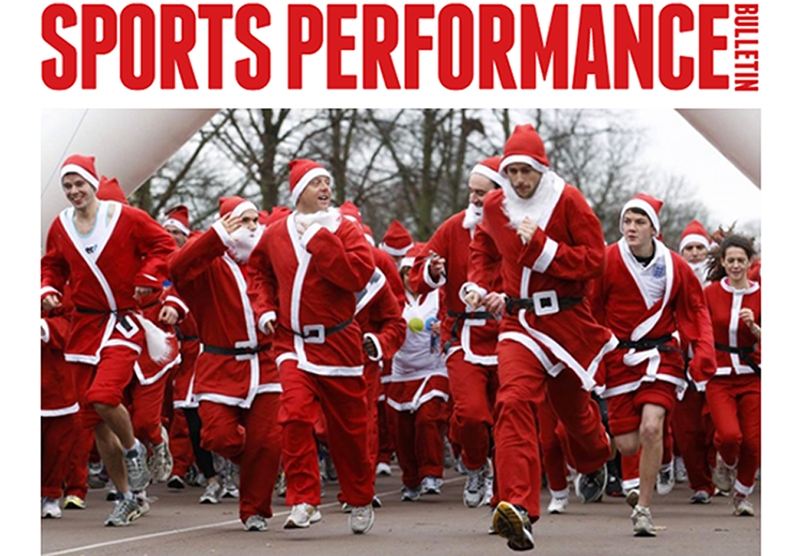Running shoes: do high heels increase injury risk?

As all runners know, there’s no such thing as ‘the best running shoes’ – only the shoes that are best for your feet and running biomechanics. This explains the wide array of different shoe technologies such as minimalist shoes, stabilised heel counters, fluid midsoles, medial posts, variable shoe lasts – the list is endless. However, throughout the years, there’s been a major feature of running shoe design that has been largely ignored in the spec sheets, and that’s heel height. Go into any running shoe retailer and it’s apparent that modern running shoes are available in a wide range of heel-to-toe drops – that is the height difference between the forward-most and rearmost parts of the inside of the shoe (where the foot actually rests). While this heel-to-toe drop has been shown to influence the footstrike pattern in runners, its effect on injury risk has seldom been investigated. However, a 2016 study on this topic makes for interesting reading [Am J Sports Med. 2016 Nov;44(11):2933-2940].
The research
The aims of this study were twofold: firstly, researchers wanted to determine whether the heel-to-toe drop of standard cushioned running shoes influenced the risk of sustaining a running injury. The second aim was to investigate whether the volume of running performed by a runner alters the relationship between heel-to-toe drop and injury risk. To do this, 553 recreational runners were recruited and studied for six months. The runners were divided into three groups; the runners in each of these three groups were given shoes with different heel-to-toe drops to wear:- Group A - a 10mm drop
- Group B - a 6mm drop
- Group C - a 0mm drop – ie level from heel to toe
The findings
The key finding was that the risk of injury depended not only on the shoes used, but also on whether runners were regular (running at least once a week for more than 6 months of the preceding year) or occasional (running less than once a week for 6 months or more of the preceding year). In occasional runners, using shoes with a 0mm or 6mm heel-to-toe drop resulted in a lower risk of injury than shoes with a 10mm drop. However, for more frequent runners, this risk was reversed – ie the 10mm heel-to-toe drop shoes were the safest, with the 0mm and 6mm heel-to-toe drop shoes increasing injury risk!What are the implications of this research?
There are two points worth noting here; firstly, although rarely mentioned in running shoe specs, this study suggests that the amount of heel-to-toe drop does influence the risk of injury. The second point of interest is that the results could be interpreted as slightly counterintuitive. That’s because larger heel-to-toe drop shoes are generally associated with higher/thicker heel soles offering more cushioning. Novice or irregular runners are often steered towards shoes with larger amounts of heel cushioning on the basis that they are more likely to need the extra cushioning because a) they often carry more bodyweight than experienced runners and b) they are more likely to adopt a slower, ‘heel-strike’ style of running. But these results suggest the reverse – ie that infrequent runners might actually benefit from flatter shoes.One possible explanation is that the 10mm heel-to-toe drop shoes offered more impact protection to the runners who needed it most – ie those running more regularly and clocking up higher-mileages. But for the infrequent runners, this extra cushioning was of little benefit, while the potential gain in stability offered by the low heel-to-toe drop shoes was.
Applying the research
- Cyclists and other athletes who run only occasionally and for short distances may benefit from shoes with a modest (rather than large) heel-to-toe drop. This doesn’t preclude thick, well-cushioned heels - so long as the forefoot sole is well cushioned too and there’s not too much of a drop.
- Remember that many other factors such as your natural running gait and your foot biomechanics (eg high or low arch) will also determine the best shoe for your needs. For this reason, purchasing shoes from a specialist running retailer where expert advice is on hand is always recommended.
- Runners who have suffered with recurrent or persistent injuries should seek the guidance of an experienced running coach or physiotherapist for a more in-depth look at their running gait and biomechanics.
You need to be logged in to continue reading.
Please register for limited access or take a 30-day risk-free trial of Sports Performance Bulletin to experience the full benefits of a subscription. TAKE A RISK-FREE TRIAL
TAKE A RISK-FREE TRIAL
Newsletter Sign Up
Testimonials
Dr. Alexandra Fandetti-Robin, Back & Body Chiropractic
Elspeth Cowell MSCh DpodM SRCh HCPC reg
William Hunter, Nuffield Health
Newsletter Sign Up
Coaches Testimonials
Dr. Alexandra Fandetti-Robin, Back & Body Chiropractic
Elspeth Cowell MSCh DpodM SRCh HCPC reg
William Hunter, Nuffield Health
Keep up with latest sports science research and apply it to maximize performance
Today you have the chance to join a group of athletes, and sports coaches/trainers who all have something special in common...
They use the latest research to improve performance for themselves and their clients - both athletes and sports teams - with help from global specialists in the fields of sports science, sports medicine and sports psychology.
They do this by reading Sports Performance Bulletin, an easy-to-digest but serious-minded journal dedicated to high performance sports. SPB offers a wealth of information and insight into the latest research, in an easily-accessible and understood format, along with a wealth of practical recommendations.
*includes 3 coaching manuals
Get Inspired
All the latest techniques and approaches
Sports Performance Bulletin helps dedicated endurance athletes improve their performance. Sense-checking the latest sports science research, and sourcing evidence and case studies to support findings, Sports Performance Bulletin turns proven insights into easily digestible practical advice. Supporting athletes, coaches and professionals who wish to ensure their guidance and programmes are kept right up to date and based on credible science.









